PT Crab 🦀 Issue 160 - Knees and Toes
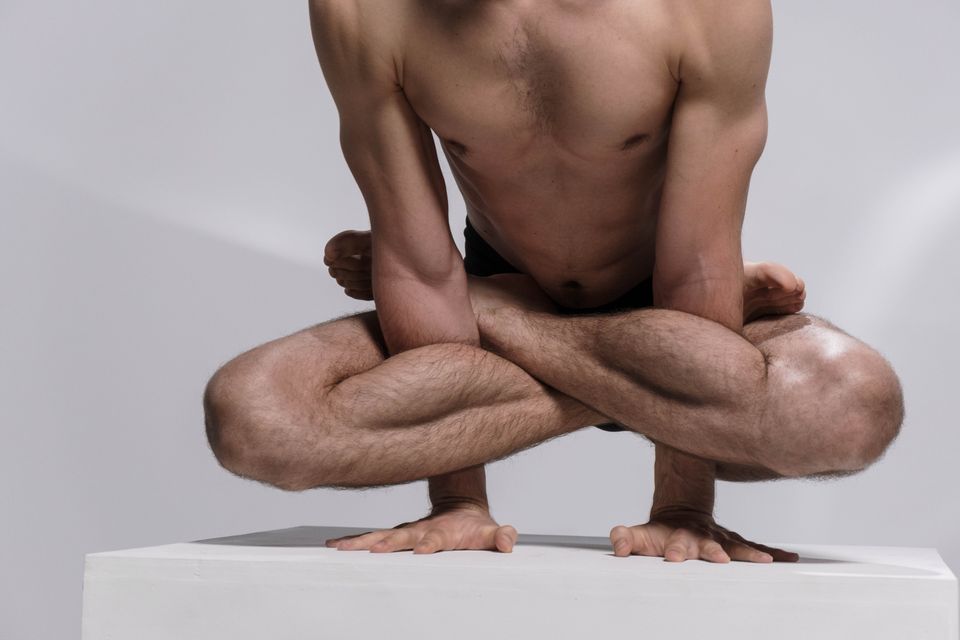
Let’s talk about a topic that’s close to my heart today, because it’s going on inside my body. And that’s patellofemoral pain. My right patella just plain don’t move straight. And it’s a problem. Which got me thinking about articles along these lines. I shouldn’t try to treat this all myself, but you know I’m going to. My meandering research for ideas connected with another of my favorite topics, and one we’ve covered recently, feet.
So this week we’re looking into the connection between feet and knees, and I don’t mean the tibia. So we’re going to talk about foot orthoses, foot mobility, and foot/ankle mechanics and the affects they each have on patellofemoral pain. And hopefully I’ll learn something. And you will too.
Since you’re a free subscriber, you’ll have the one article about how foot orthoses affect patellofemoral pain. If you want more (and I know you do), become a supporter here. Thanks!
With that, let’s dive in!
First, Orthoses
The Gist - To be specific, foot orthoses versus hip control, which is generally my go-to for PFP and I imagine it’s yours too. The researchers wanted to answer a complex question, whether those with patellofemoral pain and greater pronation benefited from foot orthoses more than hip exercises. And they didn’t. Foot mobility had no effect on response to exercise or orthosis, but it’s not all bad. It’s actually quite interesting. Across the entire group of 192 participants who followed up at 12 weeks, everyone improved about equally. On average, at least. All groups: flexible foot, stiff foot, hip exercise, and foot orthosis, improved equally. But I’m ahead of myself, so let’s remind a bit.
They measured every participants’ foot pronation via weight-bearing and non weight-bearing measurements o the width of the participant’s mid foot. 11mm was the cutoff between high and low mobility. They then split everyone into two groups, foot orthosis and hip exercise. Details of both interventions in the next section. Everyone was treated by PTs blinded to the details of the study and had multiple exercise sessions. The primary outcome measure was the Global Rate of Change scale (GROC) and success was defined as someone feeling “much better”, or “better” on the GROC. By that metric, as 12 weeks, 46/92 people in the hip exercise group succeeded and 48/100 people in the foot orthosis group succeeded. Pretty much the same (50% vs. 48%).
Tell Me More - Now, details. The actual pursuit of the study was to see if people with more mobile feet improved more from foot orthoses than those with less mobile feet, and, like I said, they didn’t. Secondarily though, we did learn that both interventions are pretty good, like I said above. Now on to something new.
The hip exercises were laid out in detail in another study, but were pretty much what you would expect. They targeted the posterolateral hip muscles that we go after for knee control. These were one-on-one with 3 sessions per week for 4 weeks with each exercise shooting for a max of 10 reps and RPE of 5-7/10. The participants weren’t told whether or not to continue the exercises after the four weeks.
Over on the foot side, they used pre-fab Vionics orthoses, one set to go in their main shoes and another that was a pair of sandals so they could wear them more often. PTs fit them to each participant and then gave them a 2x/day HEP consisting of calf stretches and anti-pronation foot exercises. They got 6 sessions over the course of 6 weeks and also weren’t told whether or not to continue the exercises after the 6 weeks were up.
Everyone was asked to followup at 12 weeks and most did so (192/216).
There were secondary outcome measures that I didn’t get into, but I do want to focus on the primary again for a second, the GROC. It’s a 7 point scale that has someone score their problem as much better, better, a little better, no change, a little worse, worse, or much worse.
Alright, I’m out.
Paper? Got it.
And that’s our week! Do become a supporter to help the Crab grow and triple your content. Details here. Bye and happy New Year!

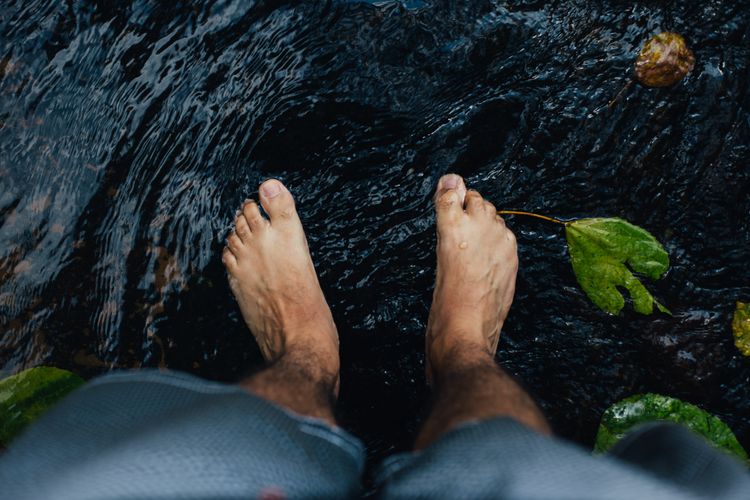
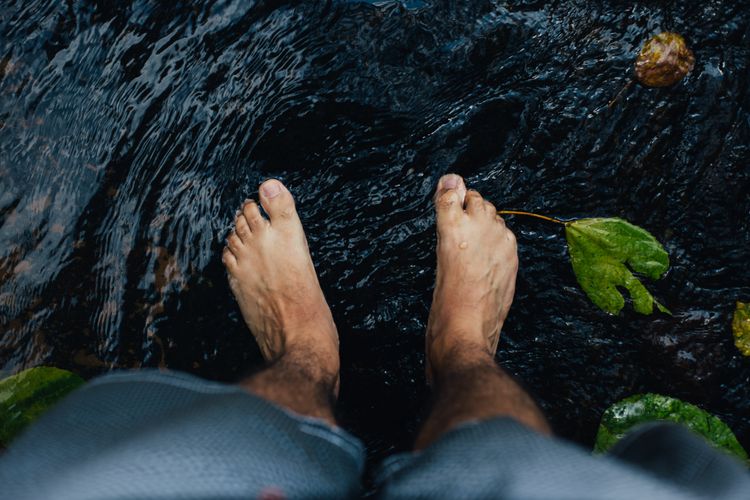
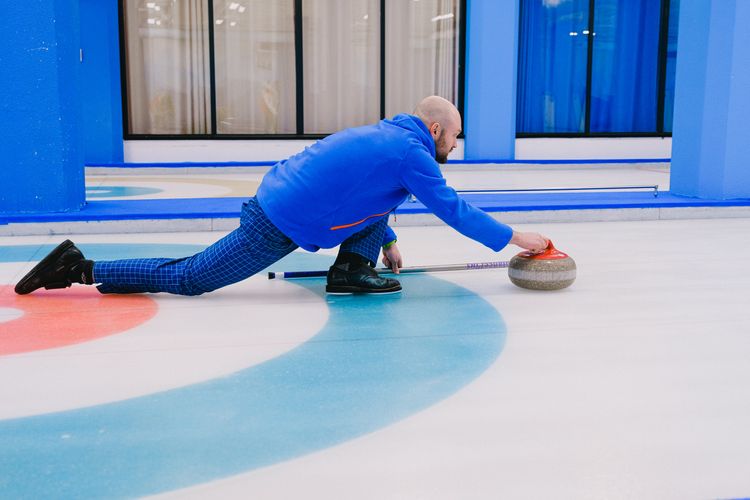
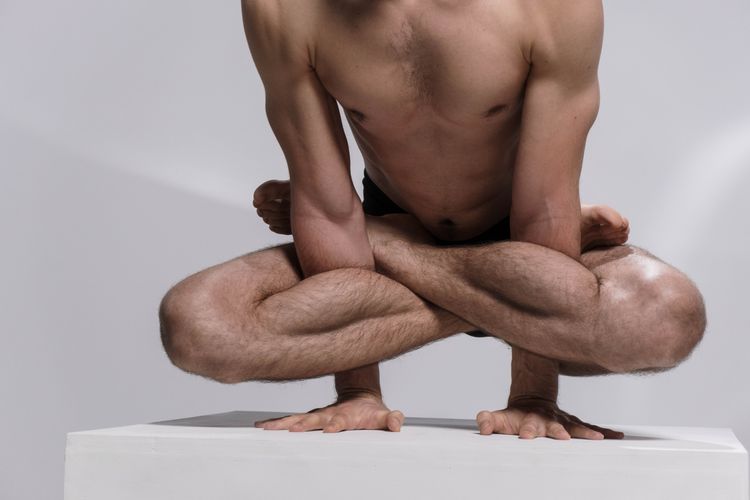

Comments
Want to leave a comment and discuss this with your fellow PTs? Join PT Crab and get summarized PT research in your inbox, every week.